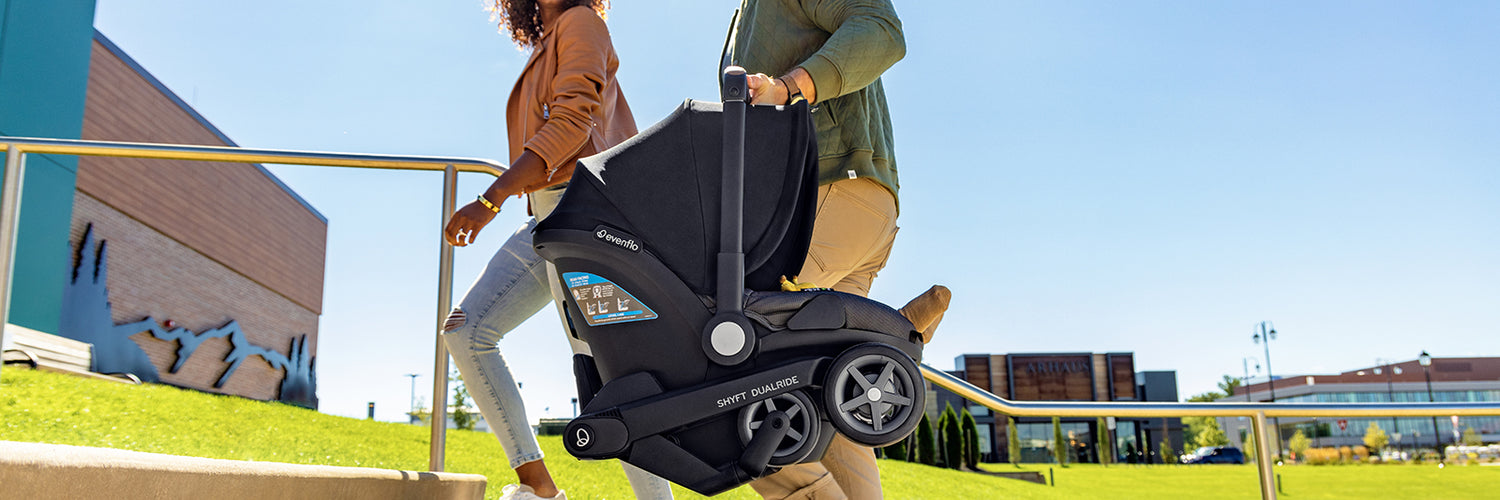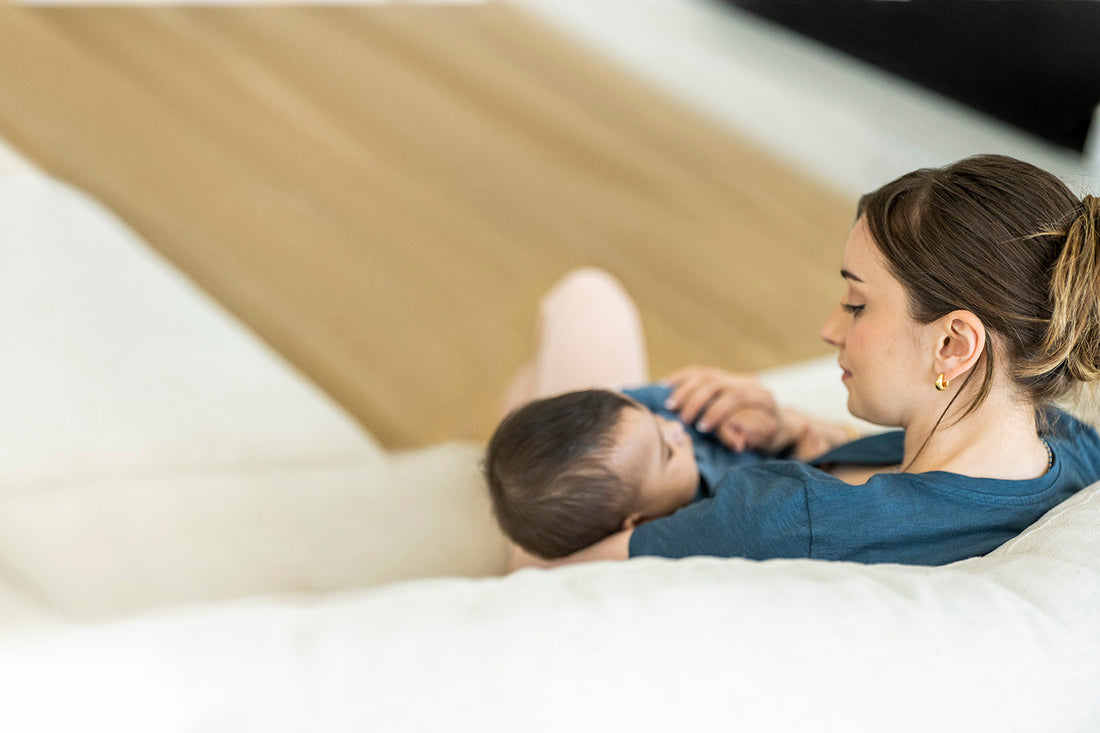Disclaimer: This article does not contain medical advice and is not intended to substitute any professional medical advice, diagnosis, or treatment.
Did you know that April is International C-Section Awareness Month? According to the National Library of Medicine, “Over the years; global Cesarean section (CS) rates have significantly increased from around 7% in 1990 to 21% today.” This number is expected to grow to 29% by 2030 — which is almost a third of all deliveries!
So, what is a C-section?
According to Johns Hopkins Medicine, a “Cesarean section, C-section, or Cesarean birth is the surgical delivery of a baby through a cut (incision) made in the mother’s abdomen and uterus. Health care providers use it when they believe it is safer for the mother, the baby, or both.”
Why might a mother need a C-section?
Many different reasons — but all are to ensure that the mom and baby stay healthy! According to Johns Hopkins Medicine, “If you can’t deliver vaginally, C-sections allow the fetus to be delivered surgically. You may be able to plan and schedule your Cesarean. Or, you may have it done because of problems during labor. Your healthcare provider may have other reasons to recommend a Cesarean delivery.”
Things to know about having a C-section:
- Sometimes C-sections are planned, but oftentimes they are unplanned and considered to be an emergency surgery.
- It’s recommended for the first couple weeks of recovery to not lift anything heavier than your baby. Keep the items you need close and move slowly when getting up and moving around.
- It’s recommended to not drive after your C-section surgery for about two weeks. It’s okay to ride as a passenger in a car, but you should not be operating the car yourself. Make sure to still wear your seatbelt!
- Depending on your healing process, your healthcare provider will best advise you when you’re okay to start exercising after your 6-week postnatal checkup. Until that point, walking is a low-impact exercise to keep moving and a great excuse to get out of the house.
- After 6 weeks post-op, your doctor may suggest starting C-section scar massages. These simple massages can help aid in healing and improving the scar’s appearance. It’s important to check with your healthcare provider first to make sure you’re safe to proceed.
- Enlist your friends and family to help you prep with housework ahead of time! Make meals and freeze them. Or look into starting a Meal Train with friends and family to take the stress out of cooking and having nourishing food readily available. Try to get ahead with laundry and make sure you have clean, comfortable clothes ready for your recovery. Extra towels, washcloths and sheets are great to have around too! Realistically, this is all achievable if you have a scheduled C-section in which you can plan ahead. Emergency C-sections most likely will not have the ability to plan ahead to this extent.
- Once you’ve progressed in your recovery, try to get involved with local mom groups. Building a network of people who are going through the same things at the same time as you is very beneficial. Check for local Facebook groups or town pages that organize mom stroller walking groups or mom and baby music classes. It’s a great way to get out of the house and potentially make new mom friends.
- Oftentimes emergency C-section mothers are more likely to experience PPD and PPA (postpartum depression and postpartum anxiety). During these times, it can be tough to figure out your next step to take. If you ever feel stuck, talk to your pediatrician, talk to your OBGYN, or reach out to Postpartum Support International. There will always be someone there to help!
Here are a few suggestions to make the transition back to life after a C-section easier:
- Because it’s recommended to only lift the weight of your baby when returning home, it can be difficult to get you and your baby out of the house and to appointments or even the grocery store. Our Revolve360™ car seats are the perfect solution for this tricky situation. Revolve360™ car seats have a Sure360™ Safety Installation System with LockStrong™ and Tether360™, plus a handy bead-level indicator for leveling in seconds, making your one-time installation safe, secure and simple. This means all you have to worry about is carrying your little one to the car — your Revolve360™ car seat will be waiting for you! Not to mention the 360° spin with easy in and out that will help to ease the worry of healing incisions.
- If you find that by necessity you do need to take your baby in and out in a car seat, our NurtureMax™ Infant Car Seat is the way to go. At just under 6 lb, NurtureMax™ is the lightest infant seat in its class, a distinction you’ll appreciate every time you remove the seat from its stay-in-car base to take your baby with you.
- For strollers, we offer the Otto™ Self-Folding Lightweight Travel Stroller. With one-hand activation, the Otto™ folds on its own — making it quick and easy to use. It’s also designed to work seamlessly with the Evenflo® Gold SecureMax™ Infant Car Seat with SensorSafe™, the Evenflo® LiteMax™ Infant Car Seat and the Evenflo® SafeMax™ Infant Car Seat.
Soon enough you’ll be fully healed and ready to live life with your new little bundle of joy. Know that it’s okay to feel what you’re feeling as a new parent and there are always resources available to help if needed. Try to surround yourself with a community, whether that be friends and family or a local mom group. We promise you’ve got this!
If you or someone you know needs help during these difficult times of healing, reach out to the
National Maternal Mental Health Hotline.
Call or Text 1-833-852-6262
In English and Spanish
24/7, Free, Confidential Hotline for Pregnant and New Moms. Interpreter Services are available in 60 languages. (US Only)

